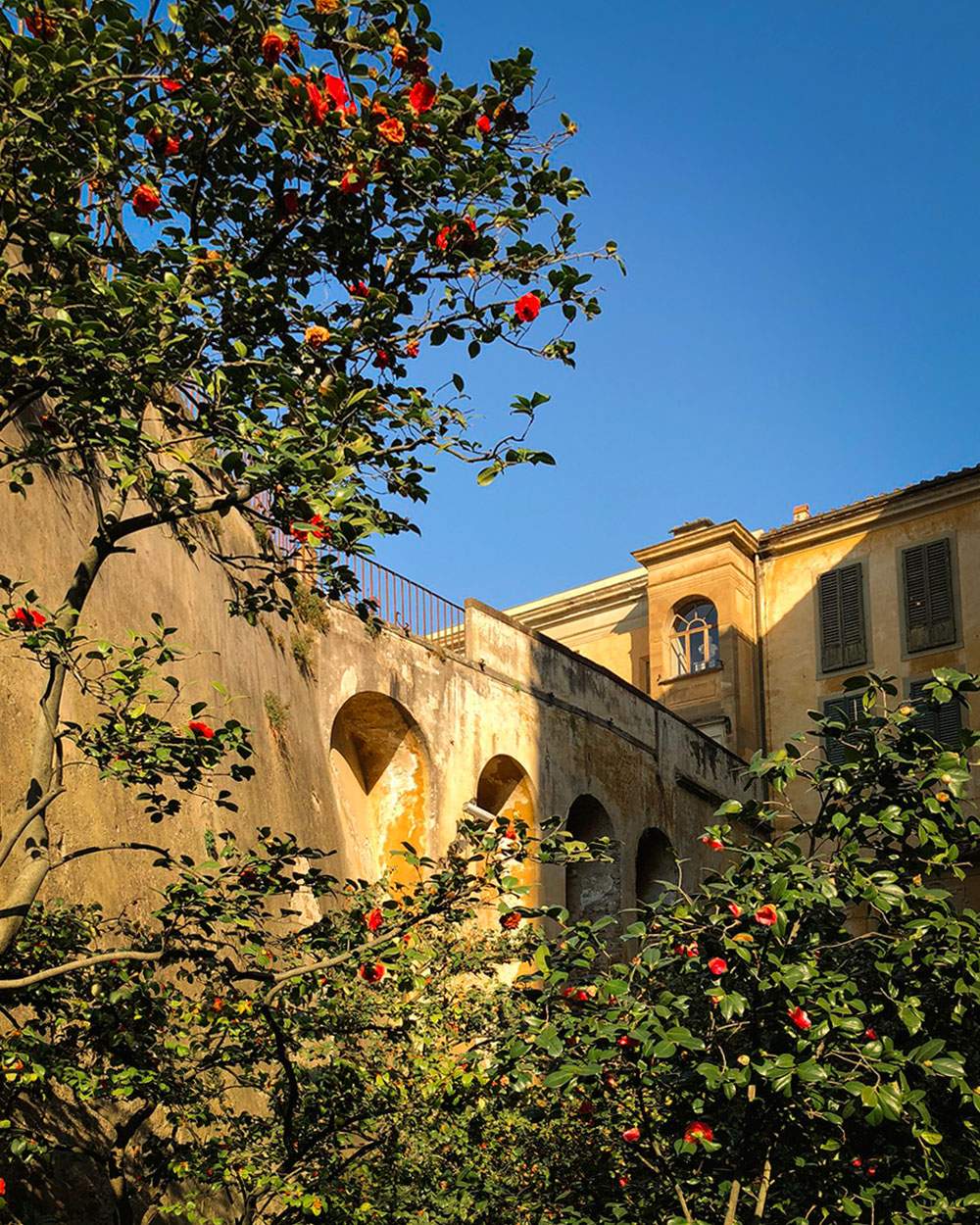European Historic Gardens Day: virtual tour in the Boboli Gardens
On the occasion of the European Day of Historic Gardens, which will be held on Sunday, April 26, the Uffizi Galleries will take the public from all over the world to the Boboli Gardens Lemon House with a video in English (with Italian subtitles): its history will be told, from its construction between 1777 and 1778 to a design by Zanobi del Rosso. One of Boboli’s landmarks is still today, as it was in the 18th century, a winter shelter for citrus trees.
Telling the story of the Limonaia will be the Garden’s curator, Bianca Maria Landi, also kicking off the new cycle of English-language videos on the Galleries’ social Facebook channel.
The virtual tour is part of the celebration of the first European Day of Historic Gardens, promoted by theEuropean Route of Historic Gardens, to which the Boboli Gardens belongs.
On the Florentine museum’s Instagram channel, the Galleries’ social and green initiatives will continue with a post dedicated to the Camellia Garden. This is one of the very few gardens to have preserved its current design: a long, narrow area that runs along the south wing of the Pitti Palace and has a collection of more than sixty cultivars (almost all of the Camelia japonica species).
There will also be a series of four videos that, starting April 30, will be aired on Facebook every Thursday: gardener Gianni Simonti will talk about the tradition of Impruneta cotto, used for the new “conche” of the Medici citrus trees. One of the initiatives included in the Primavera di Boboli project, funded by the Maison Gucci included the production of the new pottery for this historic section. The citrus collection is one of the Garden’s prides, with more than 500 potted plants and about 60 varieties, 30 of which are ancient, already cultivated at the time of the Medici.
“Spring has exploded at Boboli these days,” commented Uffizi Galleries Director Eike Schmidt, “and it is one of the crucial times of the year for the garden, which is ’getting back into shape’ for when we reopen. However, let us not forget that this is a historic monument, also from a botanical point of view: knowing the richness and variety of the species that grow there is fundamental to deepening our civic and ecological awareness, but above all it is a perspective for building a better future, based on respect for nature and its generous gifts.”
The curator of botanical heritage and coordinator of the Boboli Gardens, Bianca Maria Landi, added, "The Garden has always been one of the most profound expressions of beauty, but it is also a metaphor for life: it teaches us the value of cycles, respect for time, the sense of waiting, and the power of rebirth. In times like the ones we are living through, this vision can help us find balance. We are therefore happy to give voice to its stories and share some of its suggestions. Just as we believe it is vital that this cultural dialogue extends and strengthens beyond our borders, which is the goal of theEuropean Route of Historic Gardens."
Pictured is the Camellia Garden.
 |
| European Historic Gardens Day: virtual tour in the Boboli Gardens |
Warning: the translation into English of the original Italian article was created using automatic tools. We undertake to review all articles, but we do not guarantee the total absence of inaccuracies in the translation due to the program. You can find the original by clicking on the ITA button. If you find any mistake,please contact us.




























